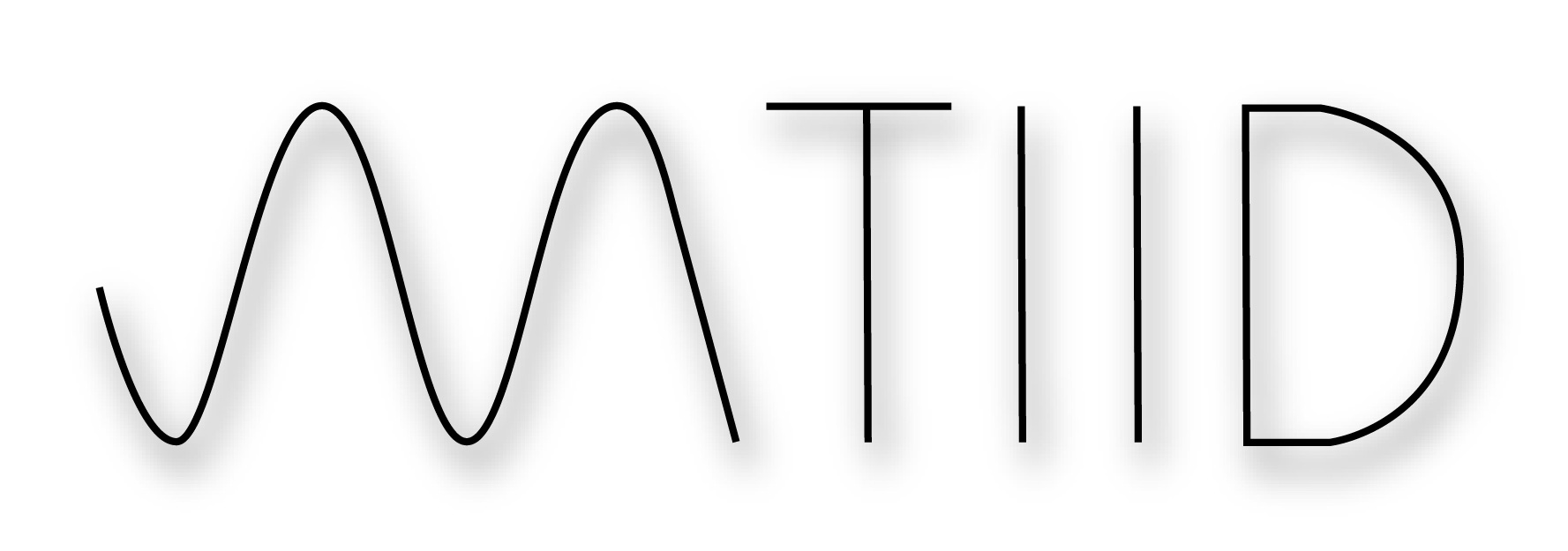I found that by setting the cells to die if they have less than 2 or more than 3 neighbors, and to be created when there are exactly 3 neighbors creates some very interesting shapes and processes. It seems that by balancing the amount of life and death, we can observe recursive behaviors (loops) in the shapes of the cells. The most interesting part is the interaction between the different shapes that create what look like explosions of “life” that then recede. Occasionally one of these explosions will shoot off a shape at some 45 degree angle thus sending energy to some other part of the system.
For the second part of this project, I wanted to test simple two organism system, to see how the rules of micro interaction between the species influences their behavior and thus the overall structure of the macro organism. Essentially I just created two living states instead of one and gave them simple rules for interaction: if the average number of neighbors is greater than 0 or the neighbors meet specific requirements of 1:2 A to B where A is generated, along with the rules for death along traditional over/underpopulation lines a la Game of Life. What occurs is quite interesting as the two types of cells form concentrated barriers (membranes) around each other. As the growth occurs, the masses of color of sufficient size grow slowly and the masses of insufficient size shrink. Eventually, an equilibrium is formed where a single line is formed between the two colors. To me this interaction is fascinating as the insertion of different advantages and disadvantages causes four distinct macro behaviors.
-
They all die
-
One species eventually dominates the whole screen
-
They reach a stable equilibrium and become “solid”
-
They develop a kind of symbiosis where they coexist
It seems D is the most visually interesting, and there are a few sub divisions of behaviors I observed (remember this is by playing around with the specific values for how they respond to each other as well as the traditional GOL variables).
{ranging from low to high density}
-
Similar GOL behavior but doubled (no interaction)
-
“Tug of War” Two halves battle for the screen
-
“Membrane” one species acts as a buffer between the other and “death”
-
“Petri dish” one species acts as a substrate that the other grows in
-
“Feelers” one species uses the other as the mechanism of growing itself
In terms of artistic application, I found that the “Petri Dish” behavior was the most striking and engaging as it develops over time. By utilizing logic that has both types’ growth responding to the population of a single species, and increasing the difference in the size that triggers this growth, we can see significantly more movement in the visual representation of the “specimen” growing in the “substrate”. In addition, by offsetting the size of population at which each species is stable, they coexist in more visually clear structures and with more interesting and complex behaviors. By assigning each species a different grayscale value we can juxtapose different manipulations of the video source material to get what looks like a living growing portal into the video suspended in its color palette.













